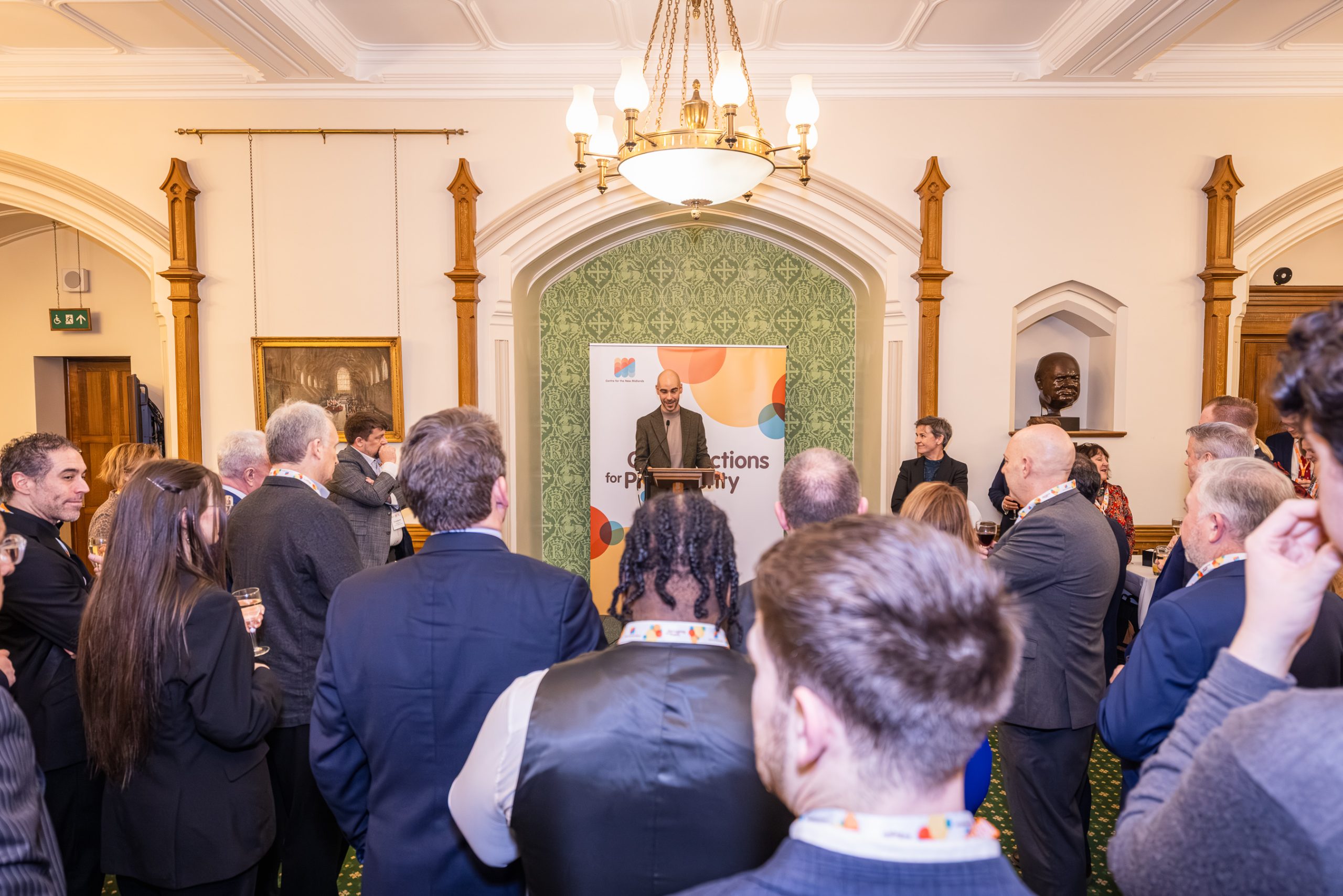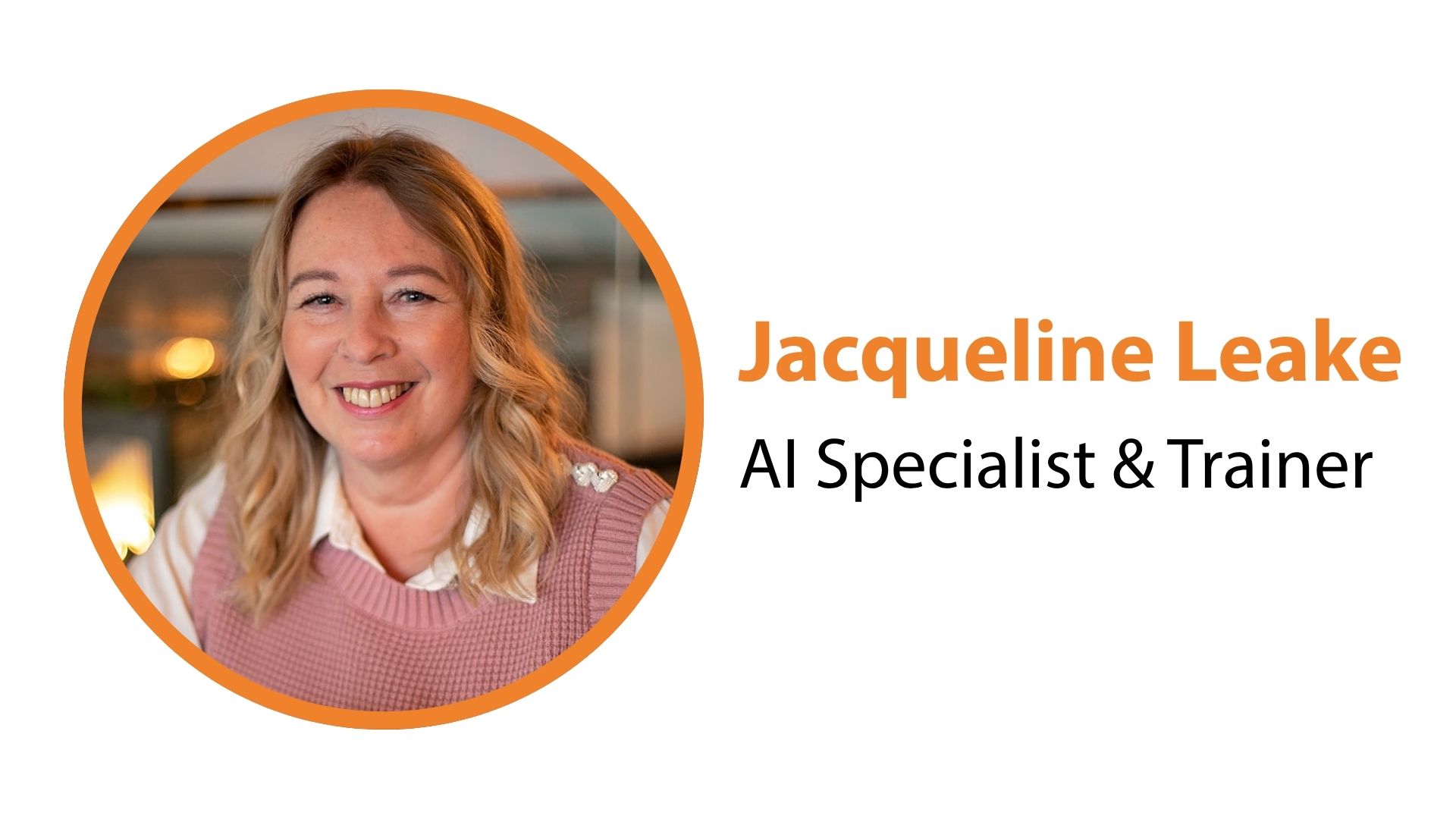As the UK intensifies efforts to address the national housing crisis, Dr Sana Malik (Lecturer at Birmingham School of Architecture & Design, Birmingham City University and Associate Researcher at Centre for the New Midlands) poses a deeper question: are the homes we are building truly supporting people’s health and wellbeing, or merely ticking boxes for numbers and square footage? In this article, Sana argues that a new generation of NHS Fit Homes is not just desirable, it’s urgent.
(July 2025)
Poor-quality housing isn’t just uncomfortable; it’s a major public health issue. Inadequate insulation, damp, and outdated heating systems are not just inconvenient; they are directly responsible for fuel poverty, respiratory illnesses, and additional strain on the NHS. The tragic case of Awaab Ishak, who died due to prolonged exposure to mould in social housing, has become a wake-up call. It forced a long-overdue legal and policy response to housing standards across the UK. But have we learned enough?
Building Together: Why Collaboration Still Lags
Despite pledges and funding commitments, such as Homes England’s claim that “for every £1 invested, we are delivering £2.25 in social value”, the problem often lies in fragmented delivery. Projects are siloed. Agencies rarely co-design or co-deliver schemes at the local level. The humanising factor, understanding the lived experience of tenants, is too often left out of the equation. The opportunity? Create small, cross-sector pilots that embed healthcare professionals, local authorities, housing providers, and data analysts into one process from day one.
Place-Based Tools Can Guide Smarter Delivery
Digital platforms like PlaceChangers are now enabling housing and health providers to gather place-based insights that reflect how people live, not just where they live. But these tools must go further: we need integration with longitudinal health and housing data sets to truly understand how housing design, location, and construction methods impact NHS usage over time.
Social Value Must Mean More Than “Fit for Purpose”
We must redefine what it means for a home to be “fit”. NHS Fit Homes are not only structurally sound but proactively designed to improve physical and mental wellbeing, meeting the health standards from NHS. The outdoor spaces, the views we are creating, the social connections are in place through the new housing development. The housing doesn’t work in isolation, it is about placemaking concept as neighborhood level. Social value should go beyond checklists and financial proxies. It should ask:
- Does this home reduce the chance of a hospital admission?
- Will this neighbourhood foster community cohesion?
- Can residents afford to heat their homes sustainably?
Who’s Actually Building These Homes?
Current data shows a skewed delivery pattern: Private sector: 71.9%, Housing associations: 28.1% and Local authorities: 0%
This breakdown reveals why partnership working is crucial. Local authorities are largely absent from direct delivery, yet their role in health, planning, and community support is essential. If the private sector is the taking the lead, how the sector is being educated, I myself living in the newbuild, coming from architecture and planning perspective, the design checks must be run from the panel rather just focusing on the profit numbers to be achieved.
What Does This Mean for the 1.5 Million Homes Pipeline?
With ambitious plans to build 1.5 million new homes, whether through new construction or retrofitting existing stock, it is crucial to embed health, sustainability, and social value considerations at every stage of the supply chain. This means integrating these priorities from site acquisition and architectural design through to construction and post- occupancy support, ensuring homes are genuinely fit for purpose in the long term.
Lloyds Banking Group is really making it a headline as part of their business approach (fig 1) and offering redevelopment of former office sites as innovative housing delivery. One such project is the creation of approximately 100 new homes on the site of our old Pudsey offices in Leeds. Spearheaded by Lloyds Banking Group and developed in partnership with Leeds City Council, this initiative will deliver 100% affordable housing. It showcases how adaptive reuse transforming underutilised commercial properties into vibrant residential communities can become a core pillar of a sustainable and socially valuable housing strategy.Real-World Examples: Healthy Homes, Healthy Places
In the West Midlands, innovative partnerships between housing providers and healthcare services are demonstrating the benefits of integrated approaches. The collaboration between whg and the Black Country Healthcare NHS Foundation Trust, for example, addresses mental health and housing needs simultaneously improving resident wellbeing while easing NHS pressures. Beyond social housing, major developers like Barratt Homes and Taylor Wimpey are working with institutions such as Birmingham City University’s Centre for Future Homes to develop digital tools that reduce energy use, cut carbon emissions, and enhance home comfort. These cross-sector efforts are creating smarter, greener, and healthier living environments. The upcoming Housing Conference 2025 in October this year, hosted by the Royal College of Physicians, will spotlight this growing convergence of health and housing with sessions on affordable housing funding, brownfield development, embodied carbon, MMC, and collaborative delivery strategies.
Call to Action: Make Every Home an NHS Fit Home
If we are serious about reducing NHS waiting times, addressing health inequalities, and delivering long-term social value, then every home must be an NHS Fit Home. This requires a fundamental shift in how we design, build, and evaluate housing.
Specifically:
- Embed health metrics into every stage of housing design and
- Involve the NHS as a key stakeholder in planning and design
- Redefine social value to go beyond financial return, focusing on long-term community wellbeing.
- Prioritise families, especially young children and the elderly, whose health is most sensitive to poor housing
- Engage the rental housing sector, recognising its growing importance, what policy measures are being directed toward private landlords and renters?
- Ensure national conferences and committees, such as the Housing Forum, Inside Housing, Housing 2025, The Future of Housing 2025, and the CIH Housing Conference, actively disseminate their findings to local communities, who possess lived experience and deeper insights into housing challenges beyond policy
ABOUT OUR AUTHOR:








